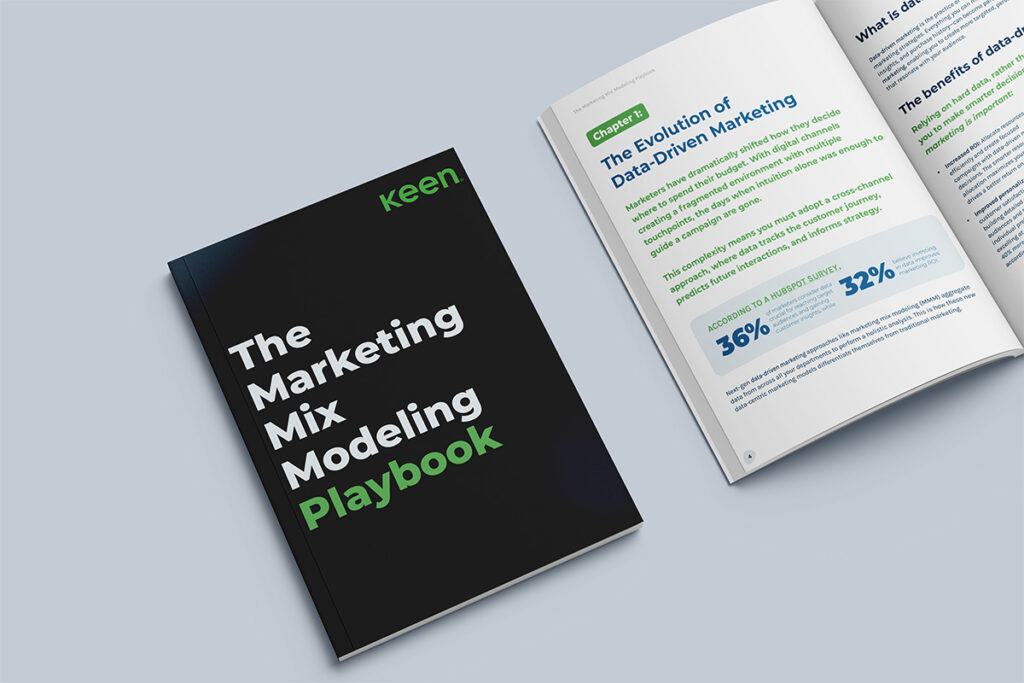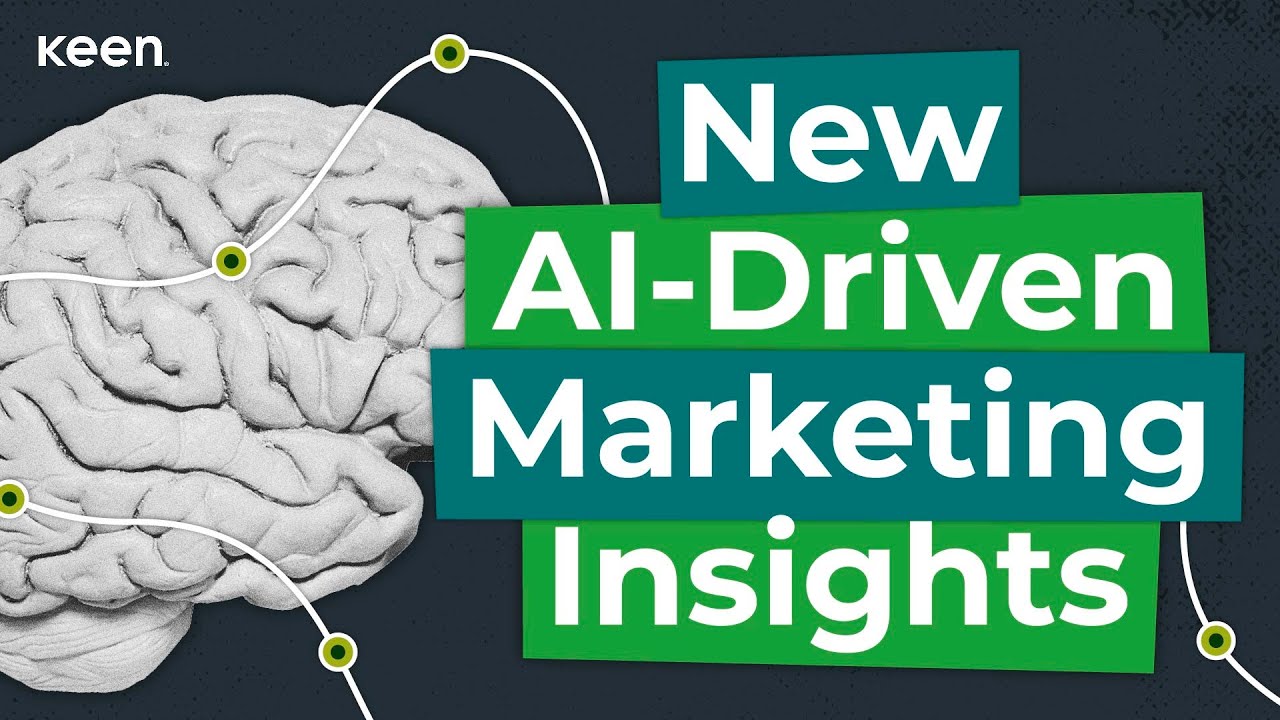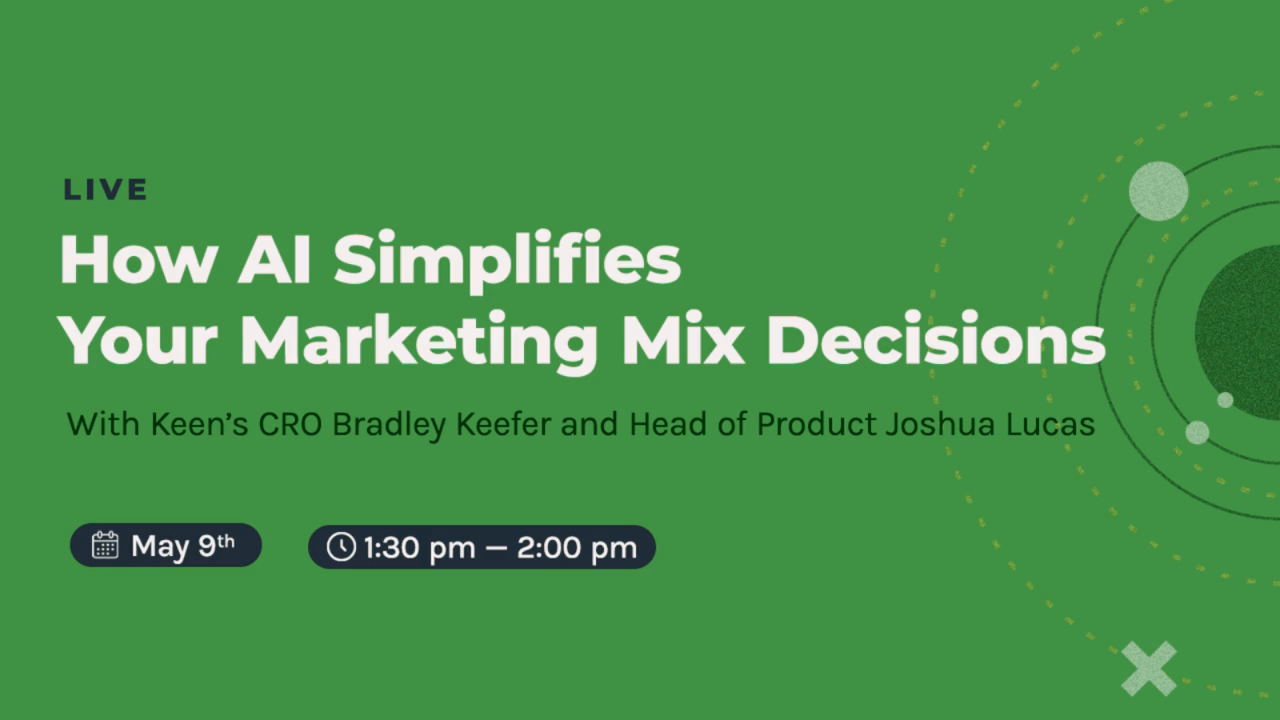When thinking about the impact of Google’s new search generative experience, it is important to consider the demand and supply relationship between three key players: consumers, search services and advertisers. Understanding how generative AI will impact search depends on how it will impact these relationships.
Consumers want access to vast and complex information, but also want transparency. The ideal is to have transparent information delivered in a way that cuts through the complexity. But those are conflicting ideals. To have complete transparency means to have all the sources documented and accessible for separate reading and analysis, which is complex. Traditional search services provide lists of links to publishers’ sites and the complexity is reduced by ranking and pagination.
A summary of the information from the search result, as if a person clicked through each link and wrote a paragraph, would certainly reduce complexity, but it would also lose or hide information, losing transparency. Generative AI technologies do just that. AIs will write prose, but with no or few links to the underlying sources. Traditional search and generative AI sit on a continuum of preference between consumers’ willingness to desire transparency at the cost of complexity versus reducing complexity at the cost of lost transparency.
The first impact may be that consumers proliferate into different segments, each with different preferences for transparency versus summarization. And different search providers will differentiate themselves, along these dimensions where each segment uses different search services or uses search services in different ways. We already see these differences arising between Bing and Google, where Bing will return a summarized result to anyone, while Google only returns traditional search to all but selected test users.
For advertisers, this means that impressions may be delivered through different search services, each with its own audience, fractured according to the search service they prefer. And services will differ in how they serve advertisers’ interests. Depending on how well a search service serves its consumers’ preferences, it is possible that some services could even provide ad-free services through a subscription model instead.
Targeted audiences have long been both the strength and weakness of the paid search medium. It’s a benefit because advertisers can ensure they are reaching consumers explicitly seeking information in a targeted area of interest. However, because it’s targeted, it’s difficult to reach consumers who might otherwise have the interests, but are unwilling to search or unaware. And so, it’s difficult to scale paid search without sophisticated ad execution tactics.
To reach a wider audience, paid search advertisers pursue different consumer groups based on different keywords. Upper-funnel keywords are general, conceptual and reach consumers who have less specific interest in an advertiser’s offering, where lower-funnel keywords are more specific to the audience. Branded keywords are the advertiser’s own brand name, and conquest keywords are the brand names of competitors. Using the right mix and number of keywords increases the total reach of a paid search campaign.
With generative AI in the mix, advertisers may be able to target wider audiences more explicitly by using AI to create the right basket of keywords that more closely aligns to the overall communication objective. This will also make it easier and less costly for advertisers to manage their media buy. All the process management associated with managing a portfolio of keyword buys may well be managed with AI, and likely by the search service itself.
In summary, there will likely be both positives and negatives for advertisers resulting from generative AI. On the positive side, advertisers should be able to access wider audiences by more productively expanding their reach across a broader range of keywords, essentially buying a generated AI concept rather than a basket of keywords. On the negative side, search services may get more fragmented and new entrants may emerge, which would fragment audiences, making it more difficult and costly to reach consumers.
Keen to know more? Take a tour of the Keen Platform to see how our prescriptive and predictive software derived from AI and machine learning can help you make your next marketing investment decision.





